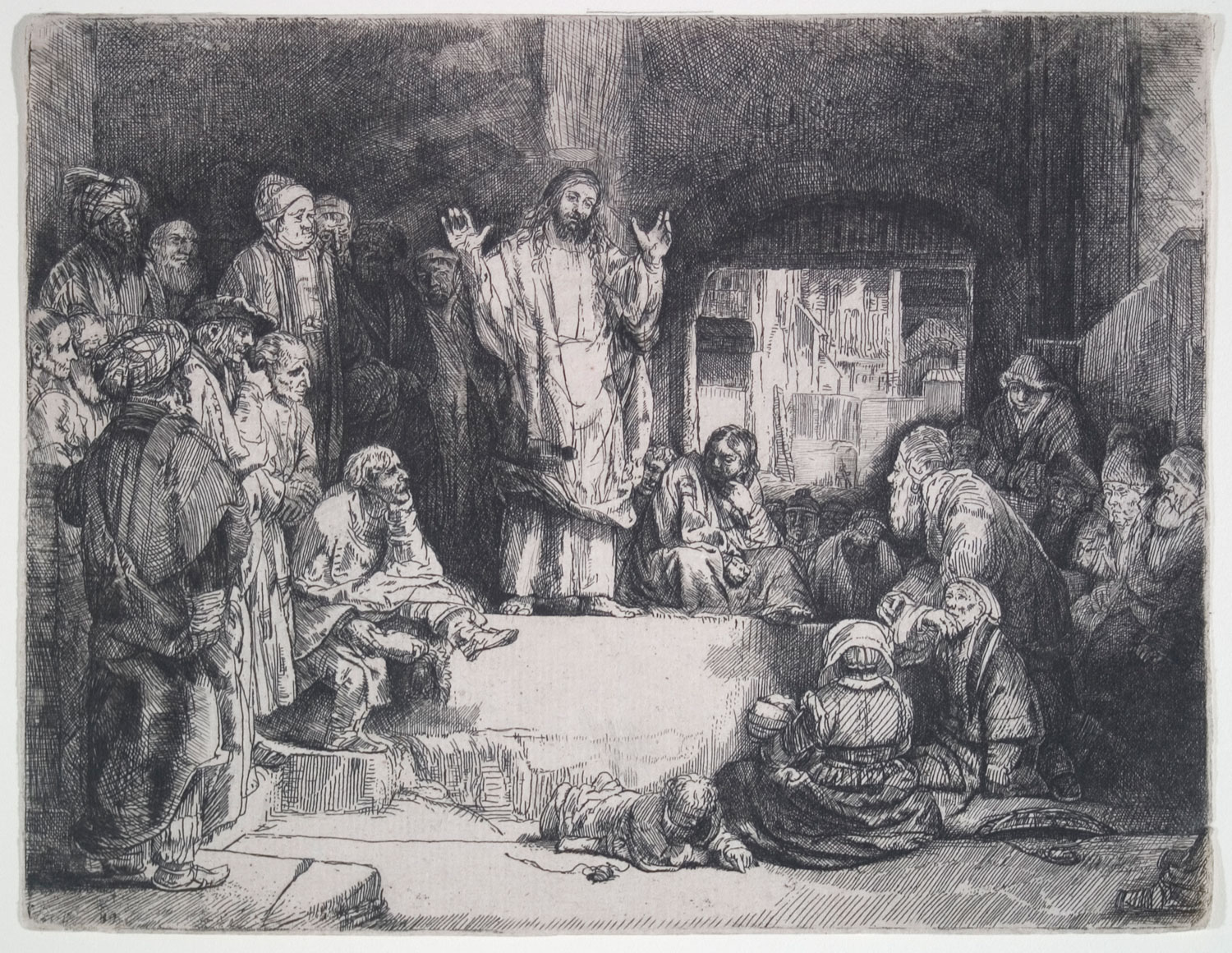After weeks of studying Jewish history, the Abrahamic Covenant, and Messianic expectations, the class turns to the New Testament and Christ’s stilling of the storm. Students jot down ancient scripture professor Gaye Strathearn’s (BA ’91, MA ’92) insight that Matthew alone uses the word tempest in his account. Tempest, in Greek, is seismos, she says; Matthew is likely referring to earthquakes.
Being a disciple of Christ isn’t always convenient, she continues. Perhaps Matthew is even suggesting that sometimes, disciples encounter seismic-like experiences in their own lives. However, she emphasizes that “safety is in the ship, because that’s where the Savior is.”
“What are you willing to pay to get into the ship?” she asks, staring down at her students over rectangular spectacles.
Student Kylie M. Hirschi (’17) says Strathearn’s lessons often leave her feeling “empowered, . . . ready to recommit to being a disciple.”
That was the BYU Religious Education faculty’s hope for this new course, Jesus Christ and the Everlasting Gospel: helping students come to know and become better disciples of Him.
It is one of the four new religion courses that, as of fall 2015, make up BYU’s cornerstone curriculum—the religion classes every BYU student takes. Previously, students were required to take Book of Mormon, Doctrine and Covenants, and New Testament classes.
These new core classes, topical in scope, tap the entire LDS scriptural cannon for lesson material. In other words, according to Strathearn, Jesus Christ and the Everlasting Gospel looks at Christ “big picture.”

“What we’re doing is tripling the amount of stuff that we would do in a gospels account,” Strathearn says, admitting that doing so can come at the expense of certain beloved scriptures. Still, she strives to delve deep into the scriptures’ historical and linguistic context—always coming back to the same question: “Who is Jesus?”
“In some ways they’re getting to know Jesus even better than if they just took the New Testament class,” says ancient scripture professor Eric D. Huntsman (BA ’90), one of the BYU faculty leaders who helped develop the new curriculum for use at BYU. Objectives for the course include learning about “Jesus Christ and His roles as the Son of God, the Savior of the world, and the central figure of the Father’s plan of salvation.” Huntsman says “the goal is to know the real Jesus” as students make connections across the standard works.
The course will continue to evolve as professors refine it for today’s students—who they think, with the missionary-age change and increased seminary expectations, may come to BYU with a stronger foundation in the scriptures.
Ancient scripture professor Matthew J. Grey (BA ’03), who is working with Huntsman in developing the course, also emphasizes that “we’re now living in the information age,” in which students grapple with questions that arise from the media and Internet. The new courses, he hopes, bear today’s landscape in mind. “The whole purpose of the new curriculum is to update for the needs of the students,” he says, “to help [them] develop a deeper testimony of Jesus, a greater faith in Jesus, and a more mature discipleship.”









